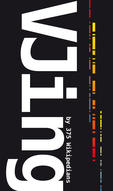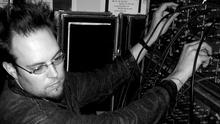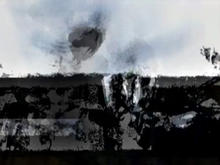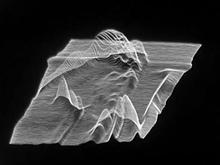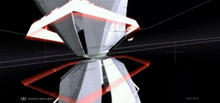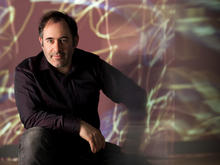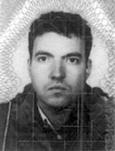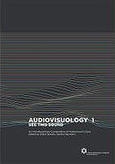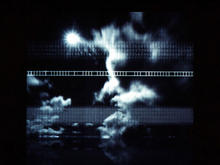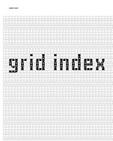Point Line Cloud
(2001)is a collection of audio and video collaborations between Curtis Roads and Brian O'Reilly, it has been a ever shifting project over the years which constantly continues to evolve.
"Beneath the level of the note lies the realm of sound particles. Each particle is a pinpoint of sound. Recent advances let us probe and manipulate this microacoustical world. Sound particles dissolve the rigid bricks of musical composition-the notes and their intervals-into more fluid and supple materials. The sensations of point, pulse (series of points), line (tone), and surface (texture) emerge as the density of particles increases. Sparse emissions produce rhythmic figures. By lining up the particles in rapid succession, one can induce an illusion of tone continuity or pitch. As the particles meander, they flow into liquid-like streams and rivulets. Dense agglomerations of particles form clouds of sound whose shapes evolve over time."
The first performance of the materials that grew into the project was in 2001 at a concert with Autechre and Russell Haswell in Los Angeles. Since then it has been performed in many diverse venus around the world.
The three excerpts presented are:
Fluxon
This work contains in part visual source materials provided by Matthew Marsden that were further layered and processed using various digital softwares.
Volt air pt. 3
The source material was generated using the analog video synthesizer the Sandin Image Processor located at the School of the Art Institute of Chicago. Thank you to Brett Williams and Edward Rankus who at the time helped Brian O'Reilly dig deeper into the IP.
Half life pt. 1 Sonal atoms
Was created using only a few seconds of footage that was then edited, layered, processed and re-processed to create the basis for the work. Curtis' book MICROSOUND had a profound influence on the conception of how to edit and construct this work, at times editing the video to the sound on a frame by frame level.
Source: Vimeo


